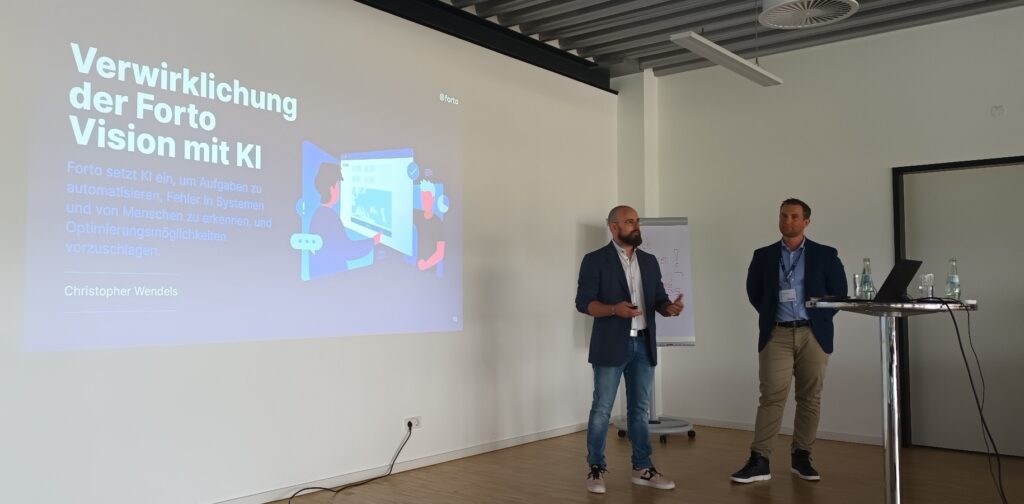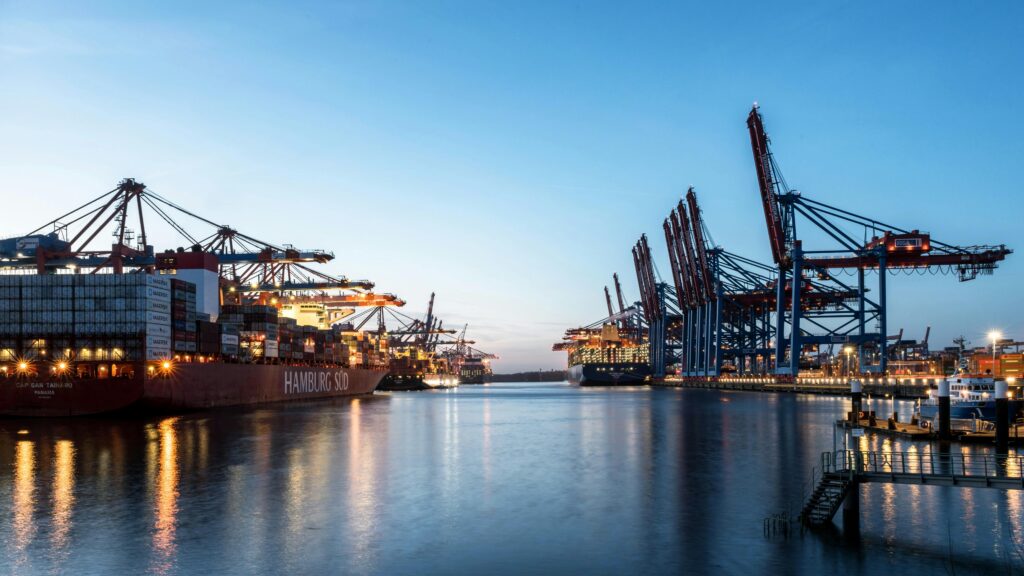Introduction
In this blog post, we want to highlight the advantages of LCL transport. What are the reasons for relying on a partial load instead of a whole container? What do you have to consider when sending LCL shipments? And how does LCL help you to optimize your cash flow? But most importantly, let’s start with the basics.
What is LCL?
The abbreviation LCL stands for Less than Container Load in logistics. Put simply, this form of transport could also be called “container sharing” because retailers or e-commerce traders who book an LCL transport share a container with other customers. It refers to deliveries of goods that are not large enough to fill a container and are therefore consolidated and shipped together with other deliveries of goods that travel the same route.
Advantages of LCL Transport: More Flexibility and Cost Savings
Traders should always consider LCL transport when the quantity of goods ordered in Asia, for example, is too small to fill a 40-foot freight container (FCL = Full Container Load), or when replenishment is urgently needed but the supplier can only deliver part of the ordered quantity. LCL transport should also be considered when it is not clear whether an article can be sold in the usual quantity in a special situation (such as swimwear at Corona time, when many holidays are canceled). In such cases, it may make sense to order a smaller stock and use LCL transport.
An LCL transport is not only an alternative in case of uncertain sales volumes or supply bottlenecks, but it also allows retailers to limit expensive stock-keeping. Many e-commerce merchants, for example, have only limited storage space available and have to rent additional storage space if they order large quantities of goods. In such cases, it is often more cost-effective to order a smaller number of items and reorder them as needed. Although the cost of LCL transport per item is usually higher than using a full container, this is a one-off expense. Storage space, on the other hand, often increases your costs over a longer period of time.
It’s also possible to order a smaller 20-foot container for transport, but shipping companies try to keep this smaller container size to a minimum on their ships. The reason: the cost of shipping is the same as for a container with twice the capacity, which is why a 20-foot container usually costs almost as much as its bigger brother.
3 Challenges in “Container Sharing”, and How to Solve Them
So – why not book exclusively LCL, then? There are a few hurdles that could occur with booking LCL transports. Now that we’ve examined the reasons for using this form of transport, it is equally important to understand the challenges that can arise when you share a container with other importers:
- The consolidation of different goods makes customs inspection a little more complicated. The key to fast and smooth processing is correct freight documents. At best, a digital solution is used directly for this purpose, which gives all parties involved an optimal overview of available data on FCL shipments and allows access to all documents directly at one location.
- Many parties are involved in LCL transports, which must be coordinated. Transparent and fast communication between suppliers, transporters and dealers, preferably via a single channel, helps tremendously to coordinate the delivery route of the individual goods.
- At the port of arrival, the goods of the various importers are deconsolidated. Often there is a lack of transparency regarding the current status, which makes precise delivery planning difficult. However, if your freight forwarder offers real-time tracking, you can always see where your goods are and when they will arrive at your warehouse.
Manage Risks and Maximize Opportunities with LCL Transport
The different ways of transport entail risks, but also opportunities. For retailers and e-commerce traders, this means optimizing the order management process and considering how much storage space is available. In addition, it’s necessary to calculate which quantities of goods are needed when and to coordinate this with the suppliers. In order to minimize costs, you also need to look at when the desired freight route is most favorable. The costs are strongly dependent on the seasonal celebrations of the origin countries. For example, China’s Golden Week is an occasion for many shippers to stock up and ship their goods out of China before the week-long break in October. Last but not least, it is of course also advisable to check whether an FCL transport instead of an LCL transport might perhaps make more sense.
Would you like to learn more about your LCL transport options? Or are you looking for a digital solution that allows you to see at a glance the cheapest transport option and track where your goods are currently located?
Then contact us here or get in touch with our logistics experts.







